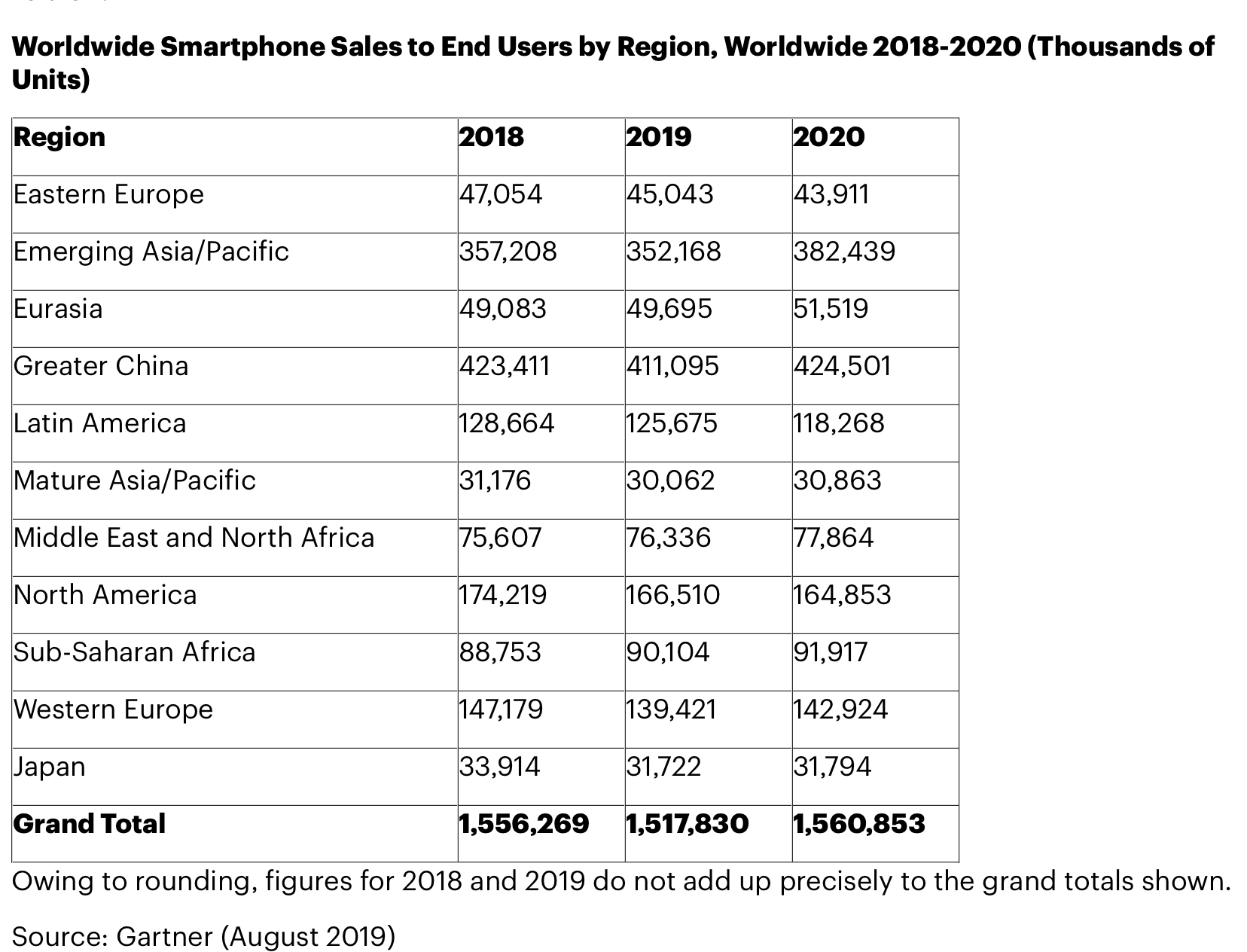The nascent enterprise mobility space will see tremendous growth in new cloud based solutions as enterprises seek to mobilize quickly and easily, according to ABI Research (http://www.abiresearch.com).
No longer focused on mobile device management solutions, companies are seeking mobile application platforms deployed on-premise or in the cloud for the development and management of enterprise applications, the research group adds. The shift towards applications is based on necessity and scalability as enterprises are forced to deal with a growing number of devices and device platforms accessing enterprise content and systems.
“Mobile applications allow for greater flexibility when mobilizing content and employees,” says ABI Research Senior Analyst Jason McNicol. “However, the cost in terms of time and resources is fairly expensive to generate a single app for multiple platforms like iOS, Android and Windows Phone. Fortunately new cloud based development solutions have evolved and are now gaining traction to reduce the app development time while permitting cross-platform deployment.”
There exist two cloud based solutions: front-facing and backend integration. Front-facing solutions focus specifically on the end user experience (i.e., app appearance, user interaction, etc.). Backend solutions, also known as Mobile Backend-as-a-Service (MBaaS), focus specifically on connecting the app to enterprise systems. Both solutions can be installed and used on-premise or in the cloud. ABI Research predicts cloud deployments will grow faster than on-premise solutions with a CAGR [compound annual growth rate] of 42.5% between 2014 and 2019.
“We routinely hear about the advantages and increases in worker productivity from mobilizing a workforce,” says McNicol. “Recent gains are driven by new cloud based tools as enterprises gain more understanding of ‘the cloud’ thus reducing security fears. North America is driving cloud adoption solutions, but there exists tremendous growth opportunity in other regions seeking to exploit the same productivity gains.”


